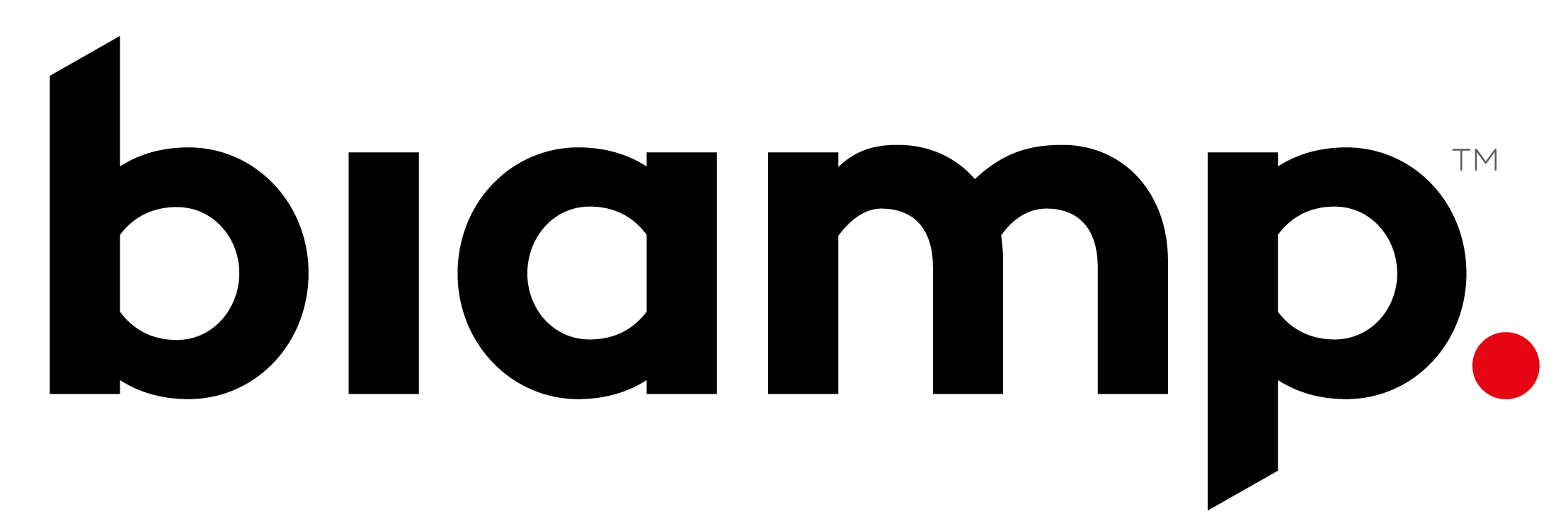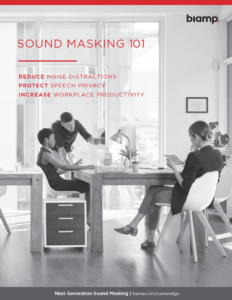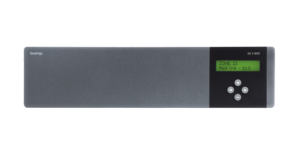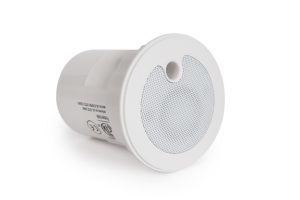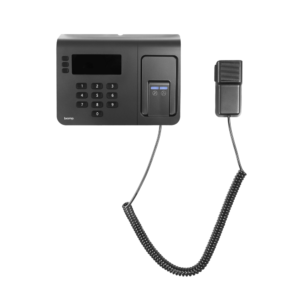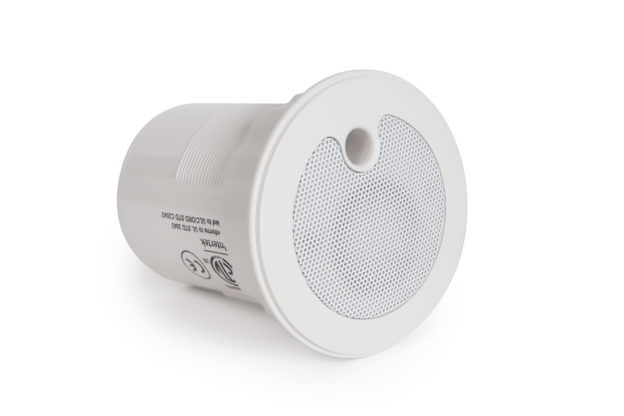We’re proud to announce that our Qt® Active Emitter has won a Bronze in the 2017 Edison Awards, for Industrial Design.
The Qt® Active Emitter is a single-source Emitter capable of both sound masking and simultaneous clear reproduction of paging and music signals. It provides higher SPL and a broader frequency range in a small, powerful speaker that’s virtually invisible once deployed in finished or open structure ceilings.
The Qt Active Emitter utilizes Cambridge Sound Management’s patented direct field Quiet Technology sound masking for evenly distributed sound masking that can be customized to any office layout. Paging and music playback sounds better because the speaker is facing the listener instead of being played through a ceiling material.
Speech privacy is a major issue in the modern office due to intentional or unintentional eavesdropping. Lack of speech privacy makes employees unproductive and uncomfortable.
The Qt® Active Emitter’s sound masking technology protects speech privacy by masking conversational speech at distances over 5 meters unintelligible to unintended listeners. Sound masking is low-level background noise (similar to the sound of airflow) that “covers up” conversations over 5 meters to help with speech privacy.
